23, Blythe Road, London, W14
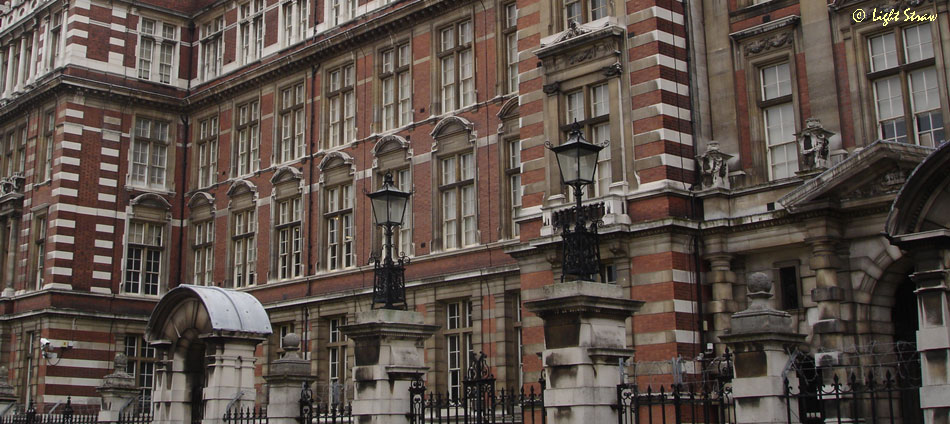 |
|
Blythe House
Blythe House was built in the late 1890s as the new headquarters of the Post Office Savings Bank. The move from Queen Victoria Street to Blythe Road was completed in 1903.
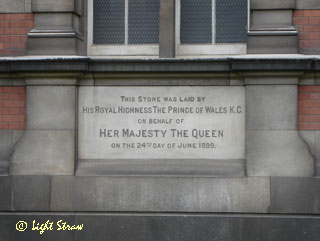 |
THIS STONE WAS LAID BY |
On 25th October 1961 the centenary celebrations of the Post Office Savings Department and Department for National Savings included a special visit by Her Majesty Queen Elizabeth the Queen Mother, to the Headquarters in Blythe Road, West Kensington.
The Queen Mother opened the new Chetwynd Exhibition Hall, the modern inquiry office, and the centenary gates, and she unveiled a plaque in the main entrance hall to commemorate the event.
Reference: POEEJ Vol. 54 Part 4 January 1962.
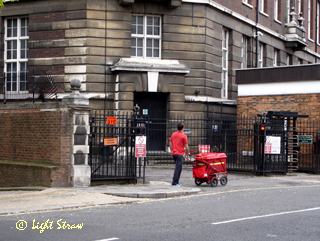 |
The centenary gates at Blythe House show a crown on each post, with the date(s) 1861 and 1961 shown underneath. |
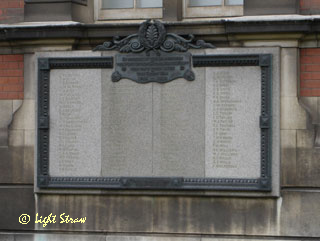 |
IN MEMORY OF THE 93 MEMBERS |
Blythe House continued as the main address of the Bank until the late 1960s, until the move to a new, modern building within the same area.
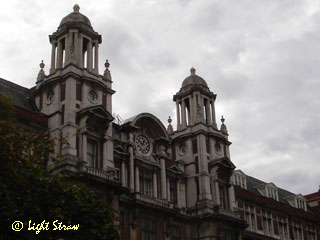 |
Blythe House, West Kensington, London, W14. |
West Kensington DO (Delivery Office)
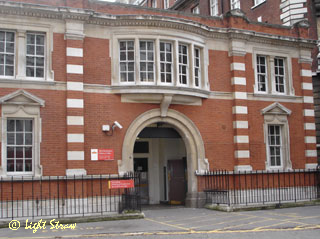 |
|
Established in 1861, the Post Office Savings Bank quickly attracted many customers who were eager to find a safe place for their savings. Backed by the Exchequer, the money deposited in the Post Offices was used by the Chancellor, William Gladstone to offset against public spending. This was a simple way for the government to borrow money and thus the POSB could afford to pay a good rate of interest.
The aims of the POSB were to: Provide a totally secure place for people to save, backed by the Government. Provide the Exchequer with a source of funding (i.e. public borrowing).
Green Papers
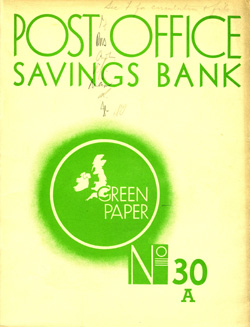 |
The Post Office Green Papers are issued primarily for the information of the staff of the Post Office and are designed to place at the disposal of its officers up-to-date and accurate information on various aspects of Post Office Work. They are published in four series: |
All logos and trade marks are the property of their respective owners and are used on the Light Straw site(s) for review only. Students and researchers are recommended to make their own independent enquiries as to the accuracy of the information contained therein.